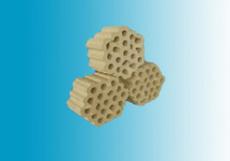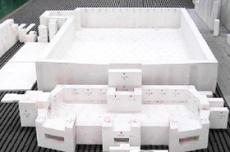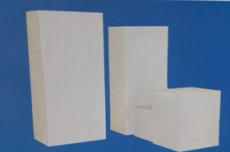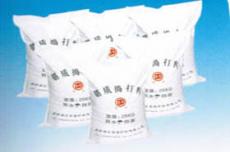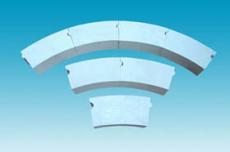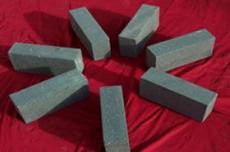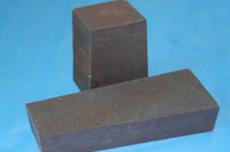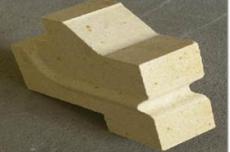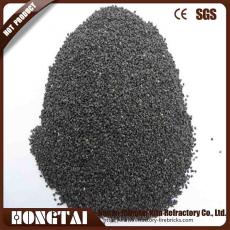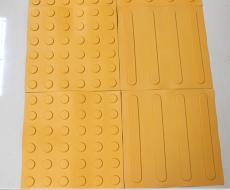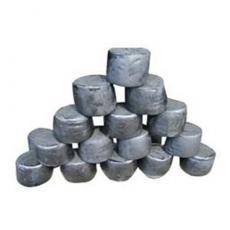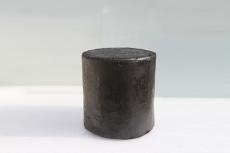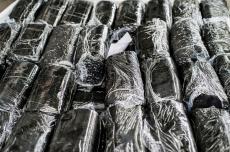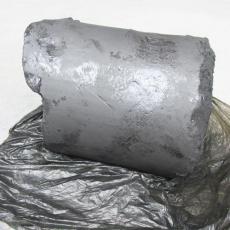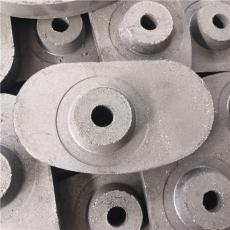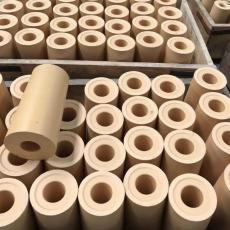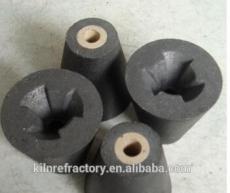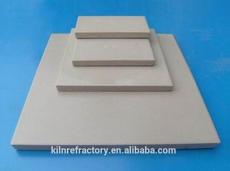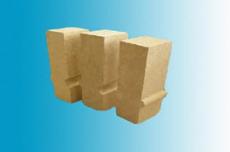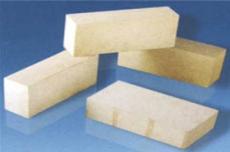
1. Main Characteristics of Low Thermal Conductivity Casting Materials
Low thermal conductivity casting materials are unique refractory materials with excellent thermal insulation while maintaining low bulk density and low thermal conductivity even at high temperatures. Unlike conventional lightweight casting materials whose bulk density increases with increasing temperature, low thermal conductivity casting materials can maintain low bulk density even at high temperatures. Their light weight greatly contributes to reducing the weight of equipment, which is very important in the construction and operation of large industrial enterprises. In addition, their excellent insulation properties make the temperature distribution in the furnace uniform, resulting in energy saving and lower production costs.
Technically, low thermal conductivity casting materials have the innovative advantages of low bulk density and high fire resistance. They are characterized by high overall performance, excellent peeling resistance and long service life. They can be repaired and molded into various shapes as needed, or used as an integrated kiln lining, which greatly simplifies the maintenance and construction of industrial kilns.
2. The importance of process technology and raw materials
Low thermal conductivity concrete can resolve the contradictions of high strength, low bulk density, low thermal conductivity and low shrinkage at high temperatures. The key to resolving this contradiction lies in the optimization of process technology and strict control of raw materials. Since aggregates such as bulk density and compressive strength have different testing methods in different regions, when selecting raw materials, it is necessary to test not only the different indicators of lightweight aggregates but also the indicators of various additives, accurately evaluate the quality of raw materials and ensure the quality of the entire product.
3. Ease of production
The production process of low thermal conductivity concrete is relatively simple. Manufacturers carefully select the particle size of aggregates. The appropriate particle size is conducive to improving the compressive strength of lightweight concrete, but if the particles are too large, it will have a negative impact on the construction process. By optimizing the particle size, low thermal conductivity concrete can be processed smoothly during construction. This reduces the difficulties and problems in the construction process, improves construction efficiency, and ensures construction quality.
4. Wide application range and energy saving effect
High thermal conductivity concrete is used in many industries. It is widely used in industrial furnaces and thermal power plants in the metallurgy, mechanical engineering, energy, chemical and petroleum industries. Compared with traditional lightweight concrete, the use of low thermal conductivity concrete can achieve energy savings of more than 20%, which is a great saving in industrial production with high energy consumption. In particular, in oil and petrochemical furnaces, which have high requirements for the performance of materials, low thermal conductivity concrete must have a lower bulk density and comply with stricter quality standards. Therefore, low thermal conductivity castings used in petroleum and petrochemical furnaces are of higher quality and relatively more expensive than light castings used in other industries, but the associated energy saving and equipment protection effects are worth it.
